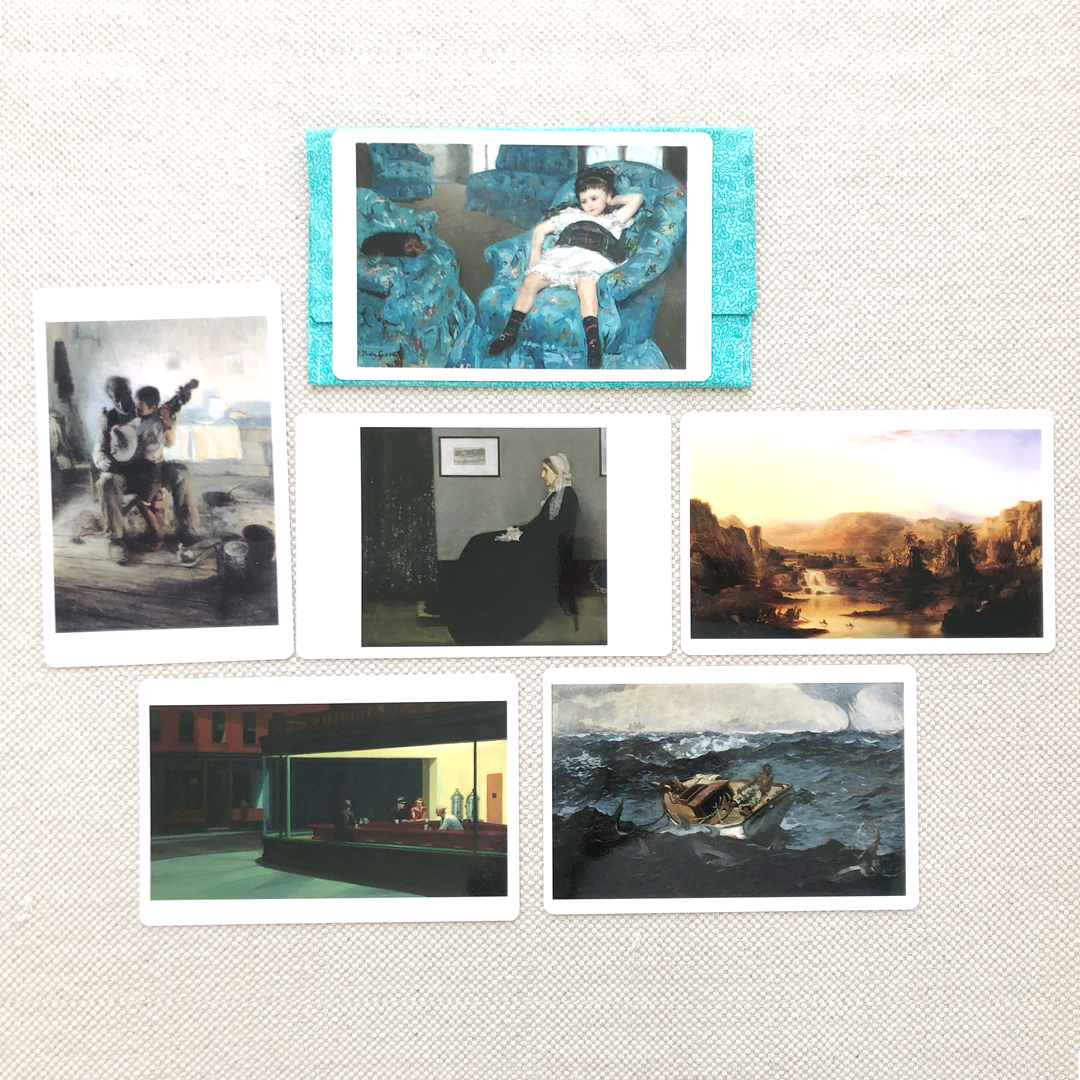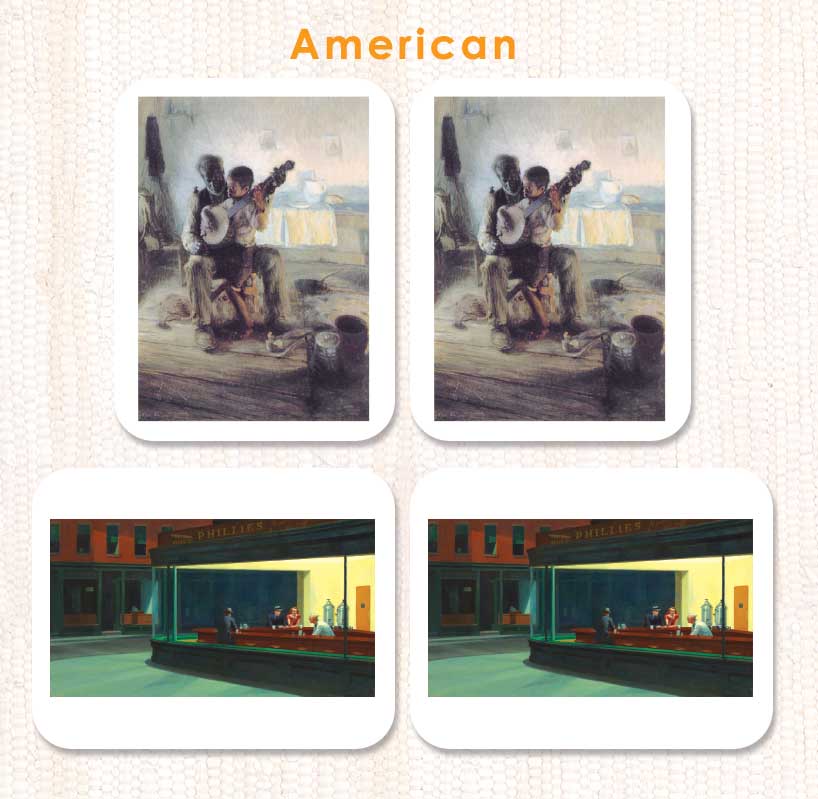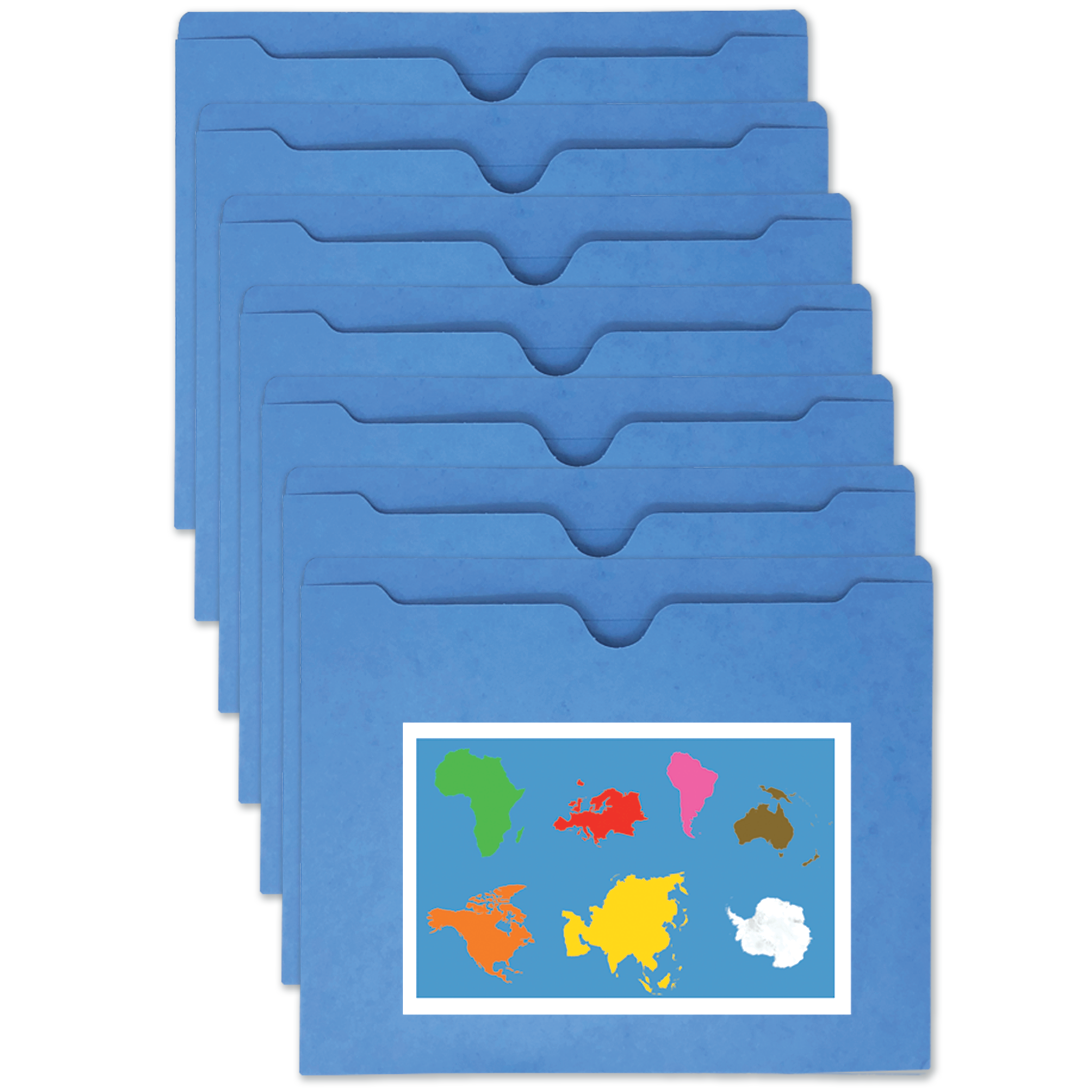Filters
24 colors available
24 colors available
More Information:
Cultural
Culture is an integral part of human life and, in the early years, children are driven to learn everything they can about what it means to be human. We tend to think of culture as the artistic expressions of a people through fashion, visual art, music, and the like. But culture is much more embedded in our lives. It includes things like the ways we speak with different people in different situations, how far apart we stand when we speak, if we hug or kiss and whom, and the foods we eat and how we prepare them.
Much of our cultural education is indirect. Children absorb it just by being a part of a time, place, and group. But we can also give explicit lessons that help children learn about peoples and places around the globe. (Note that many of these lessons are included as part of Practical Life activities. Lessons like how to say Please and Thank You differ from culture to culture and, as a result, must be customized based on the customs of the people where the children live.)
Our Cultural Teaching Manual organizes these topics as follows:
- Explorations of Visual Art (like Fine Art Folders, drawing, painting)
- Explorations of Music (like listening, signing, clapping)
- Connections with Nature (including the outdoor prepared environment, nature walks, pets, visiting animals)
- Concrete Experiences from Around the World (like cooking, cultural objects)
- Physical Geography (including the globes, land & water materials, and geography folders)
- Political Geography (including maps and flags)
- Science (including physical science, weather, biology, biomes, and time)
Here's an example of how some of these activities might look once they are setup on classroom shelves.

These activities help children answer the questions:
- What is the world? What is a state? What is a country? What is a lake?
- What is music? How do we make it? How can I use it to express generosity and connect with others?
- What is art? How do we make it? How can I use it to express generosity and connect with others?
- What are recipes? How do we make them? How can I use food to express generosity and connect with others?
From the ages of 3 to 6, the child is eager to answer these questions. They are enthusiastic and excited about learning the names of everything they can. By giving the right information at the right time, we enable the child to develop a deeper understanding of our world.
Setting up Cultural Activities
There is no one way to organize and prepare cultural activities. Like all work that we prepare for the children, these activities must meet the design criterion for what makes a material most helpful for young children.
You may wish to organize your cultural shelves based on the overriding themes of:
- Art (e.g., a set of shelves for visual art activities like drawing, cutting, joining)
- Music (a music player with speakers)
- Nature (a shelf for visiting animals like a grasshopper and natural items to explores like pinecones and rocks)
- Concrete experiences (sharing shelf for items brought back from family trips)
- Physical Geography (globes, land & water materials, and geography folders)
- Political Geography (maps and flags)
- Science (physical science, weather, biology, biomes, and time)

But there is no one right way. The key is to organize things in a way that makes sense. Shelves should always proceed from least to most complex activities moving in the direction of our language (English is left to right, top to bottom). So, the most complex activities are on the bottom right of the shelf unit and the least complex are on the top left of the shelf unit.







































